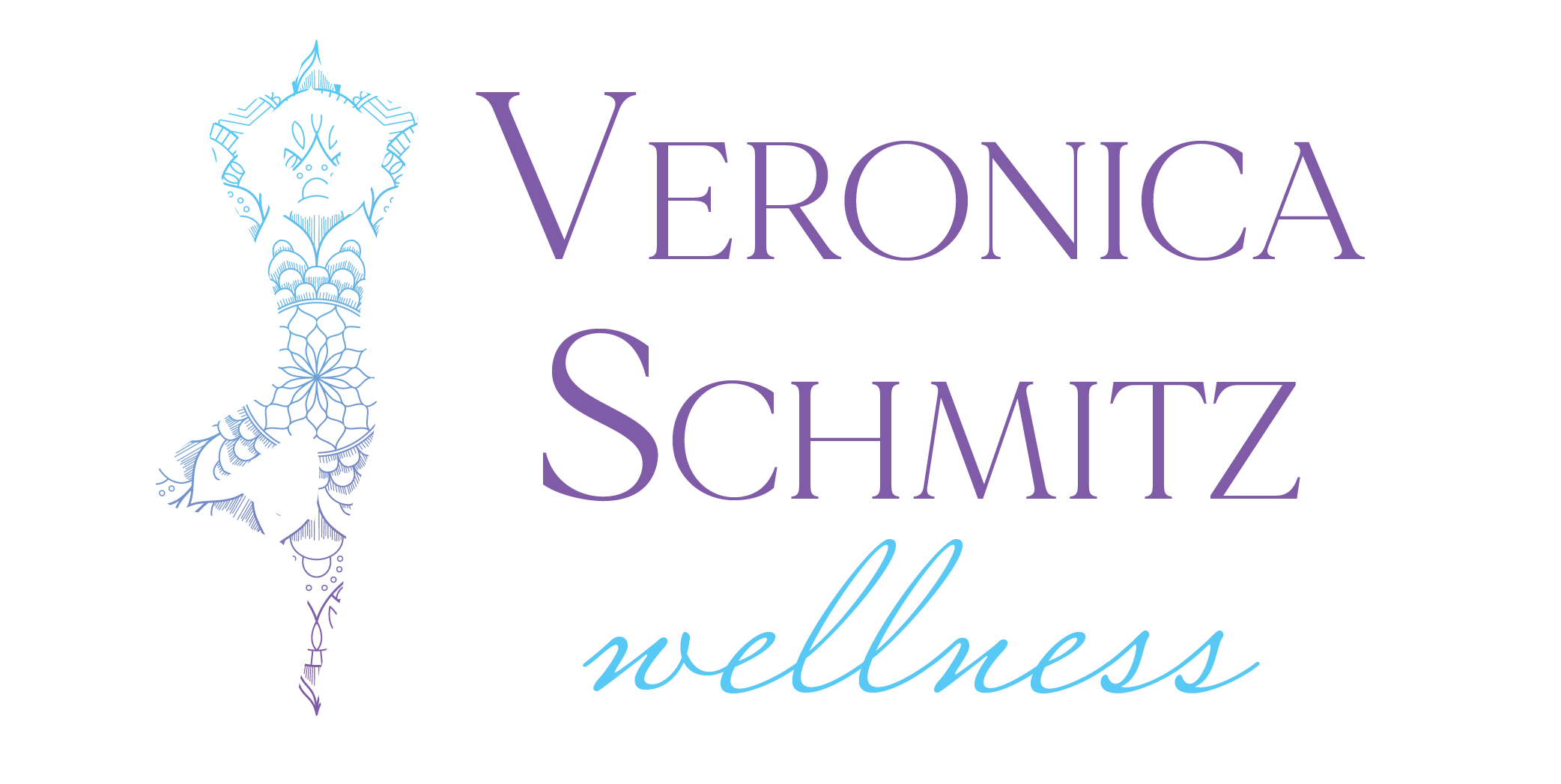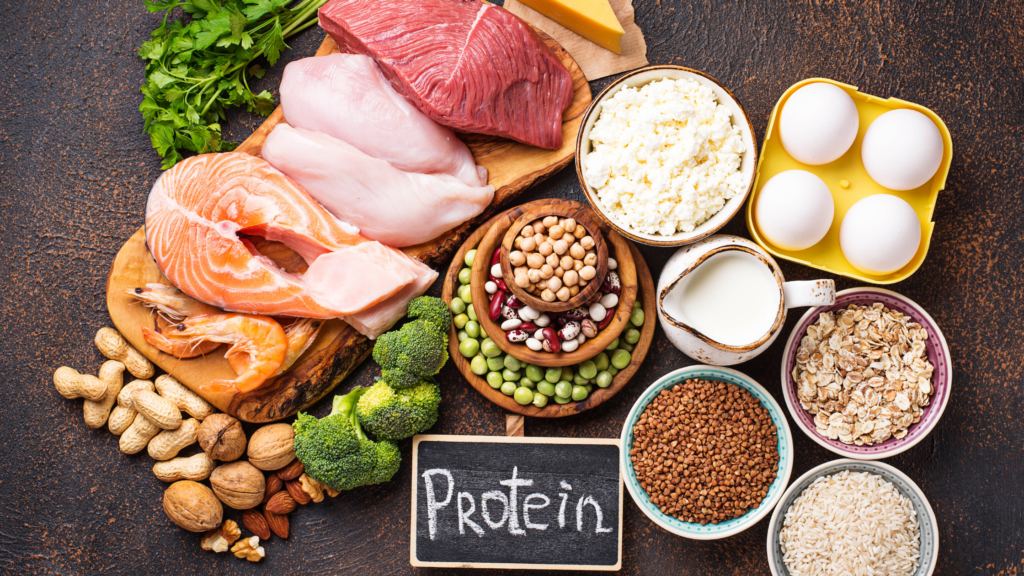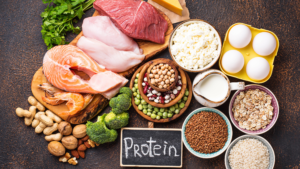Protein is the biggest “hot button” word in the health and wellness industry. Everywhere you turn there is another ad for a protein bar or shake powder. Health professionals are constantly telling people they aren’t getting enough protein or the right types of protein.
Why is the conversation around protein so confusing?
We tend to vastly overcomplicate protein intake. Truth be told, protein is an essential nutrient for humans, so most of us eat the correct amount without paying much attention to the number. Because our brains need protein to survive, it strongly influences our desire to consume it. Unless you are a professional athlete or a vegan, you’re probably naturally consuming enough protein with your daily intake already. The real trouble with protein is getting the right type of protein to optimize your health and wellness.
What is protein and how does it affect the body?
Protein is vital for human life because it is the building block of all tissues. If your body is properly optimized, it can even turn protein into fuel. Protein is a chain of amino acids linked together. There are 3 types of amino acids: essential, non-essential, and conditional.
- Essential amino acids cannot be made by the human body, they must come from the diet.
- Non-essential amino acids can be broken out of essential amino acids and through the process of breaking down protein in the body during digestion.
- Conditional amino acids are usually non-essential amino’s but in times of great stress or chronic illness can be essential.
Complete proteins contain all amino acids necessary. Incomplete proteins are lacking one or more essential amino’s which makes it a less strong form of protein for the body. Over the years, various health organizations and agricultural groups have ranked the quality of proteins based on their amino acid profile and how well the body can digest the protein and use it effectively.
Most of us already know the common types of animal protein (meat and dairy), and gain most of our protein from these sources. Without exception, these industries have found that animal proteins are the highest quality for the human body. Plant-based proteins like beans, grains, fruits, and vegetables tend to fall short in one or more essential amino categories.
What are the highest quality forms of protein?
Within the animal protein categories, there has been further research proving which are of the highest quality. The following is the top 10 animal-based proteins of highest concentration and quality according to the Protein Digestibility Amino Acid Score (PDCAAS):
- Duck
- Sockeye Salmon
- Halibut
- Rockfish
- Tuna
- Beef, bottom round
- Chicken, light meat
- Lamb loin
- Beef sirloin
- Ham
Much like I discussed in my last blog post, it’s important to eat the closest to whole forms of protein. That means preferably organic, free-range, and grass-fed. Just as our systems do not survive well with industrialized forms of food, neither do animals. Animals pass on these stressed-out hormones and systems through their meat to us.
How much protein should I eat in comparison to other macronutrients?
As previously mentioned, our bodies naturally crave the right amounts of protein. However, there are some factors that can play a role in our consumption.
Genetics and biology have shown to factor in how our body burns its fuel. Keto is the hot new craze diet but doesn’t work long-term as people miss out on important micronutrients from fruits and vegetables. Also, some genetic makeups burn protein and sugar better than fat making keto an ineffective form of dieting as a blanket solution.
Time of year always impacts how and what we eat. It’s common to eat lighter and more vegetable/fruit-heavy diets in the summer. Our bodies are biologically determined to gain weight and eat more protein and fat dense diets in the fall and winter.
Just like the time of year affects our diets, so does your location. If you live where it’s warmer you may lean closer to a lighter diet more often than those who live with colder weather and less availability to fresh produce.
The amount of physical effort you put in every day can help round out how much you consume. If you have a physical job or train and exercise heavily you will naturally crave more fat and protein-dense foods and it’s important to listen to your body.
The rule of thumb for protein, beyond eating what your body asks for, is 10-20% of your daily calories. This is roughly 50-100 grams of protein for a 2,000 calorie/ day diet. If your goals are to lose weight, balance blood sugar levels, or gain muscle mass, 20-30% of total daily calories should come from protein.
35% of the daily caloric intake of protein should be the highest amount consumed. Statistics have shown that anything over this number can lead to a toxic build up in the body and serious consequences for the digestive tract.
The importance of protein cannot be understated. These building blocks help make up the cell walls. When we don’t eat enough protein, the body can and will break down over time.
For those who prefer the vegan lifestyle, there are ways to get adequate amounts of protein, but they are more difficult. Those measures are beyond my scope of practice. All I can add is that it’s important to note the negative side effects of some alternative protein sources such as soy.
The lesson to be taken from this all is to trust your own body. Our bodies, when treated properly, are a wealth of information about our needs. It is easy to fall into the craze of protein-heavy meals or one-stop fix all remedies. Listen to what your body needs and find the cleanest, nutrient-dense forms of protein to fill those needs.
Join my email list to stay up-to-date on HikeyogaSLC events, newsletters, and future blog posts.







